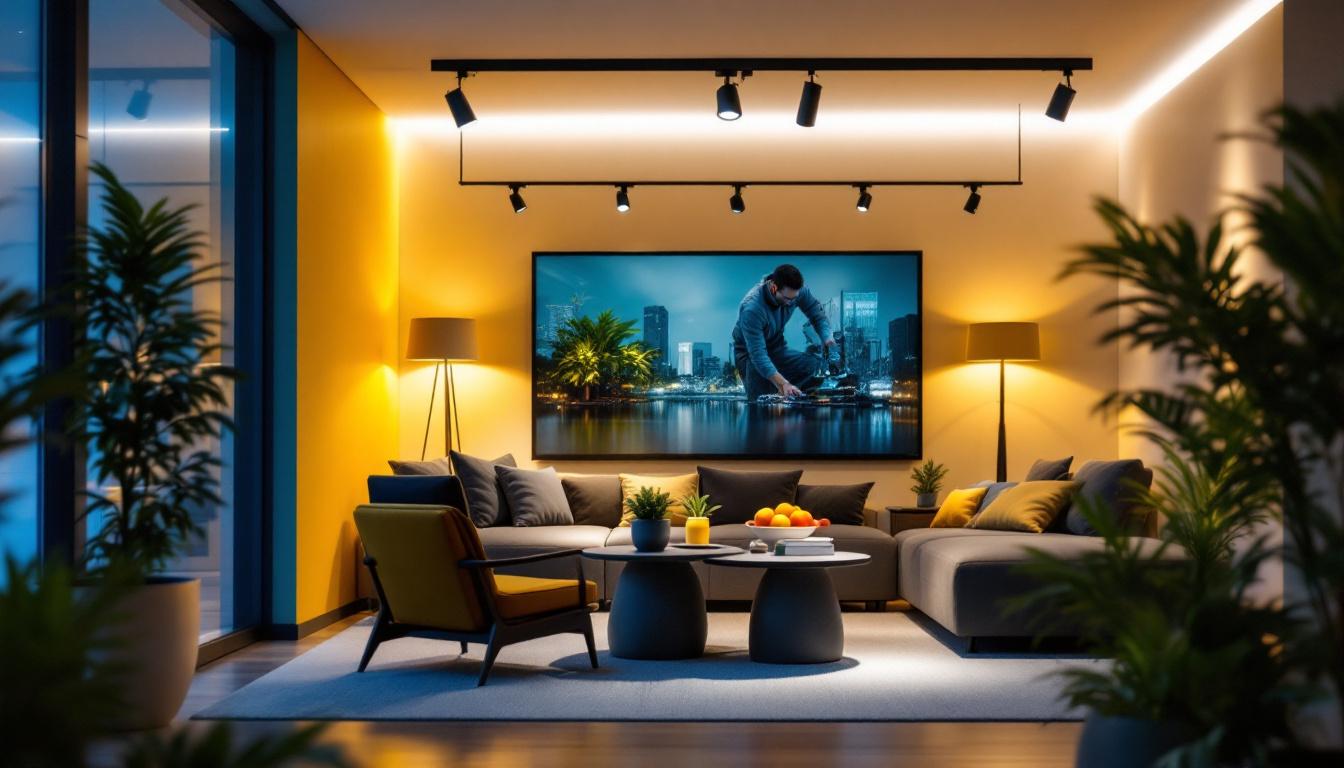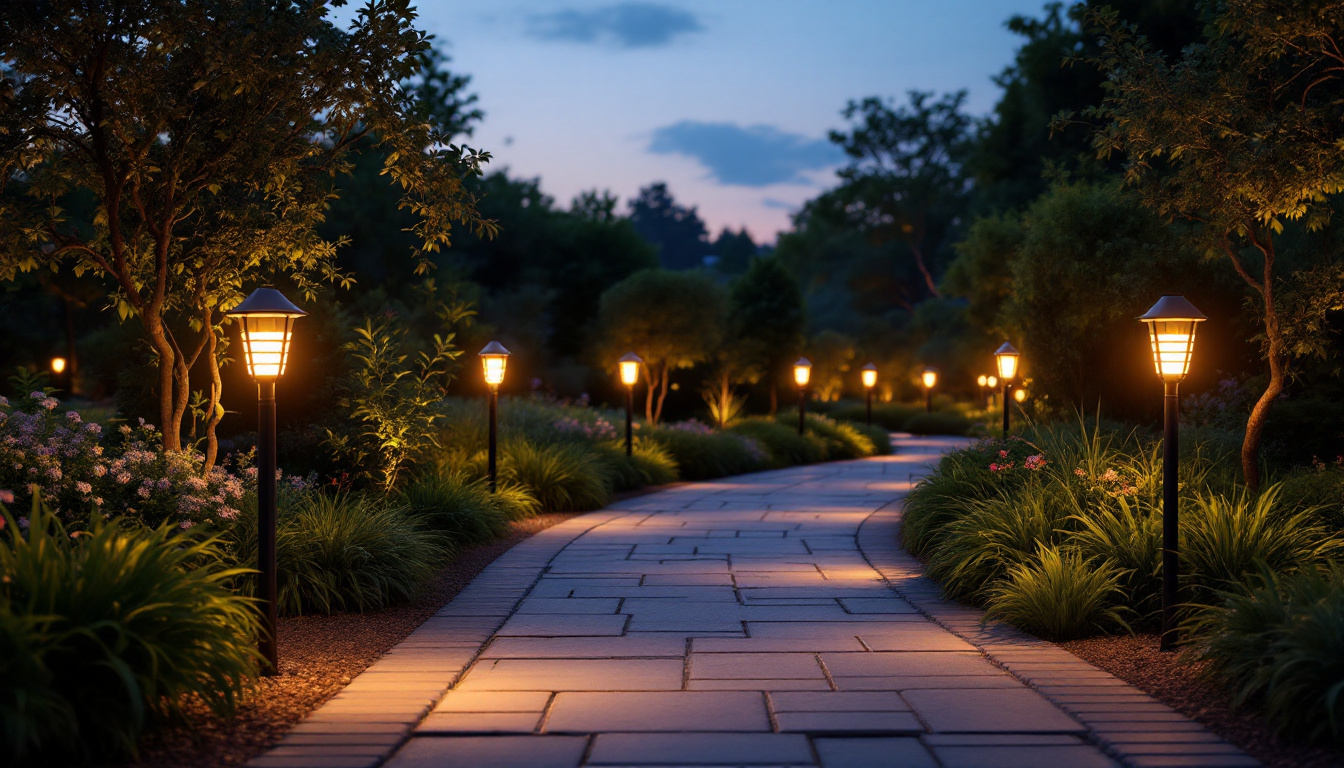
For lighting contractors, one of the fundamental concepts to master is the difference between lumens and watts. Lumens (lm) measure the amount of visible light emitted by a source, while watts (W) quantify the energy consumption of that source. This distinction is critical in today’s lighting industry, where energy efficiency and lighting quality are paramount.
Historically, watts were often used as a proxy for brightness because incandescent bulbs consumed a fixed amount of energy to produce a certain light output. However, with the advent of LED and other energy-efficient technologies, this correlation no longer holds true. A 2000-lumen output can now be achieved with vastly different wattages depending on the technology used.
For example, an incandescent bulb producing 2000 lumens might consume around 150 watts, whereas an LED fixture could achieve the same brightness at just 20 to 30 watts. This shift has profound implications for lighting contractors tasked with designing, specifying, and installing lighting systems that meet client expectations while adhering to energy codes and sustainability goals.
Moreover, the transition from traditional lighting to modern solutions has also led to a broader understanding of light quality. Factors such as color temperature and color rendering index (CRI) are now essential considerations for contractors. Color temperature, measured in Kelvins (K), affects the ambiance of a space; for instance, warmer tones (around 2700K) create a cozy atmosphere, while cooler tones (above 5000K) can enhance focus and productivity. Similarly, a high CRI indicates that colors will appear more vibrant and true to life under the light, making it a critical factor in settings like art galleries or retail spaces.
Additionally, the growing emphasis on smart lighting solutions has introduced another layer of complexity to the lumens-to-watts equation. Smart lighting systems often allow for dimming and color adjustments, which can change the perceived brightness and energy usage in real-time. This adaptability not only enhances user experience but also promotes energy conservation by allowing users to tailor their lighting needs based on the time of day or specific activities. As such, lighting contractors must stay informed about these advancements to provide clients with the most efficient and effective lighting solutions available.
When clients request lighting solutions based on brightness, they often refer to lumens. However, electrical specifications and energy budgets are calculated in watts. Understanding how to convert or estimate watts from lumens is essential for accurate project planning, budgeting, and compliance.
Since lumens measure light output and watts measure power consumption, the conversion depends on the luminous efficacy of the light source, expressed in lumens per watt (lm/W). This efficacy varies widely across different technologies:
Using these figures, a lighting contractor can estimate the wattage required to produce 2000 lumens. For instance, with an LED fixture rated at 100 lm/W, the wattage needed would be roughly 20 watts (2000 lm ÷ 100 lm/W = 20 W). This calculation aids in selecting the most energy-efficient fixture that meets brightness requirements.
Consider a commercial office space requiring 2000 lumens per fixture. If the contractor opts for a traditional halogen light at 20 lm/W, the fixture would consume about 100 watts. In contrast, selecting an LED fixture with 100 lm/W efficacy reduces consumption to 20 watts, resulting in significant energy savings over time.
Such decisions impact not only operational costs but also environmental footprints and compliance with increasingly stringent energy codes and standards. Lighting contractors who grasp these nuances can advise clients more effectively and design smarter lighting systems.
Specifying lighting solutions that deliver 2000 lumens efficiently requires a strategic approach. Lighting contractors must balance brightness, energy consumption, cost, and application-specific requirements. Below are some of the top strategies employed by professionals in the field.
LED technology has revolutionized lighting by offering superior luminous efficacy, long lifespan, and lower maintenance costs. When specifying 2000 lumen fixtures, contractors should prioritize LEDs with high lm/W ratings to maximize energy savings.
Additionally, LEDs provide excellent color rendering and dimming capabilities, allowing for tailored lighting environments. Selecting fixtures with integrated drivers and quality thermal management ensures consistent performance and longevity, reducing callbacks and enhancing client satisfaction.
Brightness needs vary depending on the application. For instance, retail environments may require higher color rendering and uniformity, while warehouses prioritize broad coverage and durability. Contractors should assess the space’s function, ceiling height, and mounting options to select fixtures that deliver 2000 lumens effectively.
Using lighting design software to model light distribution and intensity helps optimize fixture placement and quantity, preventing over-illumination and minimizing energy waste. This approach results in comfortable, functional spaces that meet client expectations.
Energy codes such as ASHRAE 90.1 and local regulations increasingly emphasize energy efficiency and lighting controls. Contractors must ensure that 2000 lumen fixtures comply with these standards, which often dictate maximum wattage per lumen or require occupancy sensors and dimming controls.
Moreover, many utilities offer incentives for installing energy-efficient lighting systems. By specifying LED fixtures that consume fewer watts for 2000 lumens, contractors can help clients qualify for rebates or tax credits, enhancing project value.
While LED fixtures may have higher upfront costs compared to traditional lighting, their lower energy consumption and maintenance requirements reduce total cost of ownership (TCO). Lighting contractors should present clients with lifecycle cost analyses that highlight savings over time, making a compelling case for energy-efficient solutions.
Including factors such as replacement frequency, labor costs, and potential downtime strengthens the argument for investing in high-quality 2000 lumen LED fixtures.
Despite advances in technology, lighting contractors often face challenges when working with 2000 lumen specifications. Understanding these obstacles and how to overcome them is crucial for successful project delivery.
One frequent challenge is selecting the appropriate color temperature (measured in Kelvin) and color rendering index (CRI) for 2000 lumen fixtures. These factors influence the ambiance and functionality of the space.
Contractors must balance client preferences with application needs. For example, warmer color temperatures (2700K–3000K) create inviting atmospheres in hospitality settings, while cooler temperatures (4000K–5000K) enhance focus in offices and industrial areas. High CRI values (above 80) ensure colors appear natural and vibrant, which is essential in retail and healthcare environments.
Integrating 2000 lumen fixtures into existing electrical and control systems can pose compatibility issues. Contractors should verify voltage requirements, dimming protocols, and fixture dimensions to avoid installation delays and performance problems.
Consulting manufacturer specifications and conducting site assessments prior to procurement helps identify potential conflicts. Where necessary, upgrading wiring or controls may be warranted to optimize fixture performance.
Although LEDs generate less heat than traditional bulbs, high-output fixtures producing 2000 lumens still require effective thermal management to maintain efficiency and lifespan. Poor heat dissipation can lead to premature failure and reduced light output.
Contractors should select fixtures with robust heat sinks and ventilation features. Proper installation practices, such as avoiding enclosed spaces without airflow, further support thermal regulation.
The lighting industry continues to evolve rapidly, influencing how contractors approach 2000 lumen fixture specifications. Staying informed about these trends ensures competitive advantage and client satisfaction.
Smart lighting systems equipped with sensors, wireless controls, and IoT connectivity enable dynamic management of 2000 lumen fixtures. Contractors can specify fixtures compatible with building automation systems to optimize energy use, enhance occupant comfort, and facilitate maintenance.
Features such as daylight harvesting, occupancy sensing, and remote monitoring allow for adaptive lighting strategies that respond to real-time conditions, reducing waste and extending fixture life.
Continuous improvements in LED chip technology and optics have pushed luminous efficacy beyond 150 lm/W in some products. This progress allows contractors to specify 2000 lumen fixtures with even lower wattages, further reducing energy consumption.
Additionally, innovative form factors, including ultra-thin panels and flexible strips, expand design possibilities for delivering 2000 lumens in challenging architectural contexts.
Environmental responsibility is increasingly influencing lighting specifications. Contractors are prioritizing fixtures made from recyclable materials, designed for easy disassembly, and compliant with certifications such as UL GREENGUARD or Cradle to Cradle.
Specifying 2000 lumen fixtures with long lifespans and minimal environmental impact aligns with client sustainability goals and regulatory pressures.
For lighting contractors, accurately translating 2000 lumens into watts and selecting appropriate fixtures is a critical skill that impacts project success, client satisfaction, and energy efficiency. By understanding the nuances of luminous efficacy, application requirements, and emerging technologies, contractors can deliver lighting solutions that balance brightness, efficiency, and cost-effectiveness.
Employing top strategies such as prioritizing high-efficacy LEDs, leveraging lighting design tools, adhering to energy codes, and considering total cost of ownership positions contractors as trusted advisors in the lighting industry. Addressing common challenges and embracing innovations further enhances their ability to meet evolving client demands.
Ultimately, mastering the relationship between lumens and watts empowers lighting contractors to design smarter, greener, and more effective lighting systems that illuminate spaces while conserving resources.
Ready to apply these strategies and transform your lighting projects? At LumenWholesale, we’re committed to providing you with the high-quality, spec-grade lighting products you need to succeed. With unbeatable wholesale prices and a vast selection that meets rigorous industry standards, you can trust us to supply reliable and high-performance lighting solutions. Say goodbye to inflated markups and hello to hassle-free bulk buying with free shipping. Elevate your lighting game and ensure every project shines by choosing Wholesale Lighting at the Best Value with LumenWholesale.

Discover the essential insights every lighting contractor needs about Type A LED bulbs.

Discover why pot lights are revolutionizing the lighting industry for contractors.

Discover essential insights into solar bulbs for garden lighting, tailored for lighting contractors.

Discover the frequent pitfalls lighting contractors face when dealing with old style incandescent bulbs.